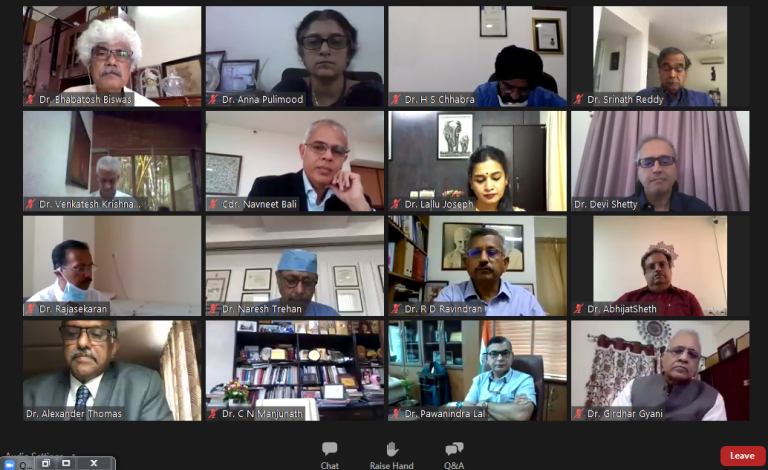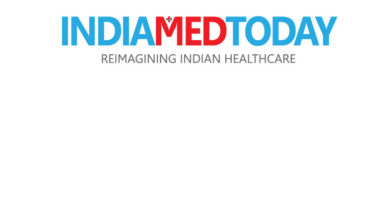Path breaking Reforms in Higher Medical Education Welcomed by ANBAI
Healthcare Industry Veterans come together to laud transformation of higher education reform

National: The Association of National Board Accredited Institutions (ANBAI) welcomed the Government’s move to improve higher medical education in India by introducing post-graduate diploma courses in eight medical specialties under the National Board of Examinations. In a press conference, Dr Abhijat Sheth, President and Dr Pawanindra Lal, Executive Director, National Board of Examinations along with Dr CN Manjunath, Director, Sri Jayadeva Institute of Cardiovascular Sciences & Research; Dr Devi Shetty, Chairman, Narayana Health; Dr Naresh Trehan, Chairman, Medanta Hospitals along with ANBAI President, Dr Alexandar Thomas; Dr Girdhar Gyani and other members of the association shed light on these reforms.
A gazette notification from Ministry of Health and Family Welfare, published on August 6, 2020 said that the PG diploma course is a two-year courses that can be undertaken after completing the MBBS degree. According to the regulations, these structured training programs can be run by any well-equipped public or private hospital with over 100 beds and staffed with senior medical specialists
“The regulatory change brought about by this notification will transform healthcare in India, making ours the first nation in the world to dissociate healthcare from affluence,” said Dr Devi Shetty, at the ANBAI ePress Conference.
The need more post-graduate seats
Every year, approximately 1,70,000 doctors write the NEET post-graduate exam to apply for about 50,000 post-graduate seats under the Medical Council of India and the National Board of Examinations (this includes 15,000 non clinical seats). This means that, annually, the remaining 1,20,000 doctors who do not get one of these seats will not return to clinical work. They may waste two to five years attending coaching classes in Kerala or Kota and in the end, some even give up on becoming doctors. Adding a few thousand seats in post-graduate diploma courses will immediately bring these doctors back to patient care in accredited government or private hospitals. It also gives them the option to apply for an MD or MS seat after completion of the course. It is an attractive alternative for bright young doctors from poor families, because the diploma course is available at a nominal cost, and they earn a stipend during the program which can be used to support their families.
What kind of specialists are we lacking?
Even though women and children comprise 60 per cent of the population, India has one of the worst maternal and infant mortality rates in the world. We need gynaecologists, paediatricians, family physicians, anaesthesiologists, and radiologists to take care of women’s and children’s health. Most public hospitals, especially in tier 2 and tier 3 towns, suffer an 80 per cent shortage in the availability of these medical specialists. If those hospitals introduce diploma training courses in all these specialities, the shortfall of medical specialists can be completely made up in two to four years.
“Thanks to the vision and foresight shown by our country’s Prime Minister, the Ministry of Health and Family Welfare, NITI Aayog and National Board of Examinations, this will open a new chapter in the history of Indian healthcare delivery,” Dr Shetty said.

